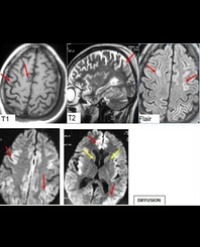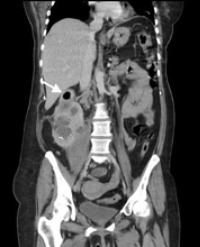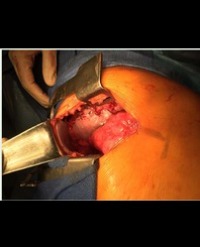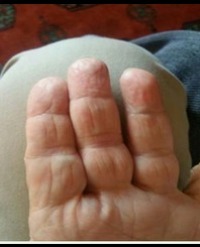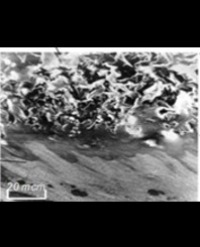
Artificial Joints: Chief Directions in Contemporary Orthopedics (Review)
Modern trends in joints investigation are presented, particularly the tribological aspects of natural and artificial joints. The extent of the achievements in this field at the turn of the 21st century is discussed. This period is distinguished by the discovery of liquid-crystalline and quasi-electret states in synovial liquids; ascertainment by AFM of new boundary lubrication mechanisms in joints, which are realized at the nanolevel; development of methods for in vitro study of friction in joints using electromagnetic fields able to simulate the natural articular biofield. A relationship is shown between biotribology and the chief directions in contemporary orthopedics including: intraarticular chondroprotection exercised via local therapeutic methods based on tribological monitoring of pharmaceutic substances; injection of drugs based on blood serum; development of a new generation of articular endoprostheses able to simulate the biophysical properties of synovial joints. It is shown that progress in modern biotribology has provided scientific substantiation of orthopedic treatment procedures.
Victor A Goldade1* and Yuliya M Chernyakova2

